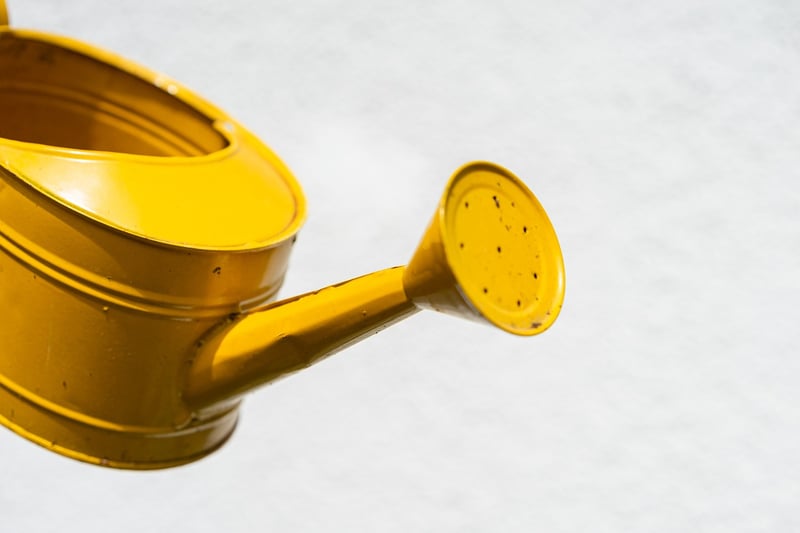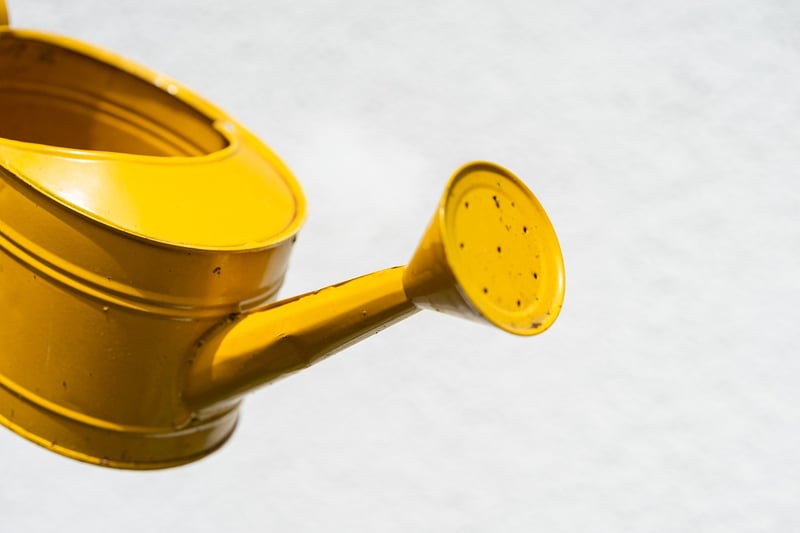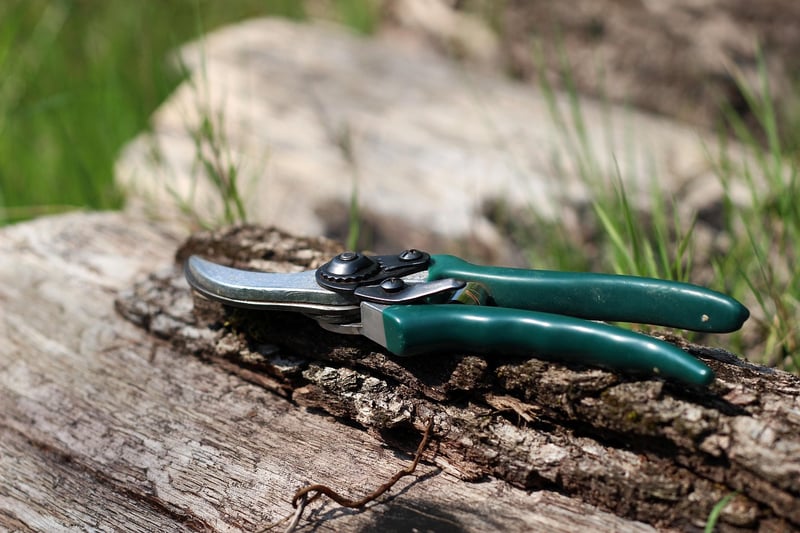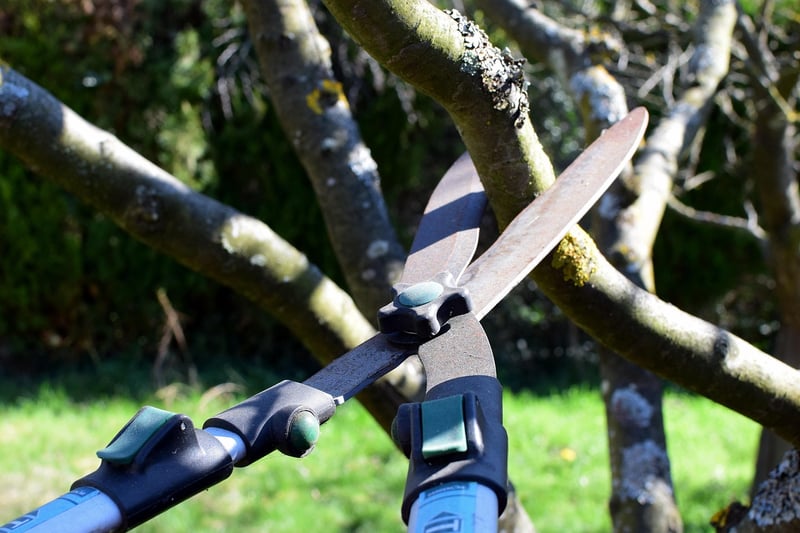Pruning Techniques
Plant Upkeep and Pruning Techniques
Introduction
Proper plant maintenance is essential for the health and vitality of your garden. Regular upkeep and pruning not only enhance the aesthetic appeal but also promote growth and prevent disease. In this guide, we will explore some useful tips for plant care and pruning techniques.
Plant Upkeep Tips
- Watering: Ensure plants receive adequate water based on their specific needs.
- Fertilizing: Use appropriate fertilizers to provide essential nutrients to the plants.
- Weeding: Regularly remove weeds to prevent competition for nutrients and water.
- Mulching: Mulch around plants to retain moisture and suppress weeds.
- Inspecting: Monitor plants for signs of pests, diseases, or nutrient deficiencies.
Pruning Techniques
Pruning is a crucial aspect of plant care that involves removing specific parts of the plant to promote healthy growth. Here are some pruning techniques to follow:
1. Deadheading
Remove spent flowers to encourage new blooms and prevent the plant from expending energy on seed production.
2. Thinning
Remove excess branches to improve air circulation and sunlight penetration, reducing the risk of disease.
3. Heading Back
Cut back long stems to promote branching and denser growth, shaping the plant to a desired form.
4. Rejuvenation Pruning
For overgrown or neglected plants, prune them back severely to stimulate new growth and rejuvenate the plant.
Conclusion
By following these plant upkeep tips and pruning techniques, you can ensure that your garden remains healthy and vibrant throughout the year. Regular maintenance not only enhances the beauty of your plants but also contributes to their overall well-being.
Remember, each plant species may have specific care requirements, so it's essential to research individual needs to provide the best care possible.



